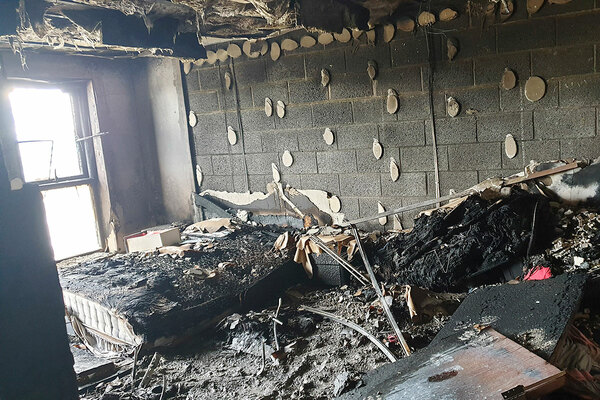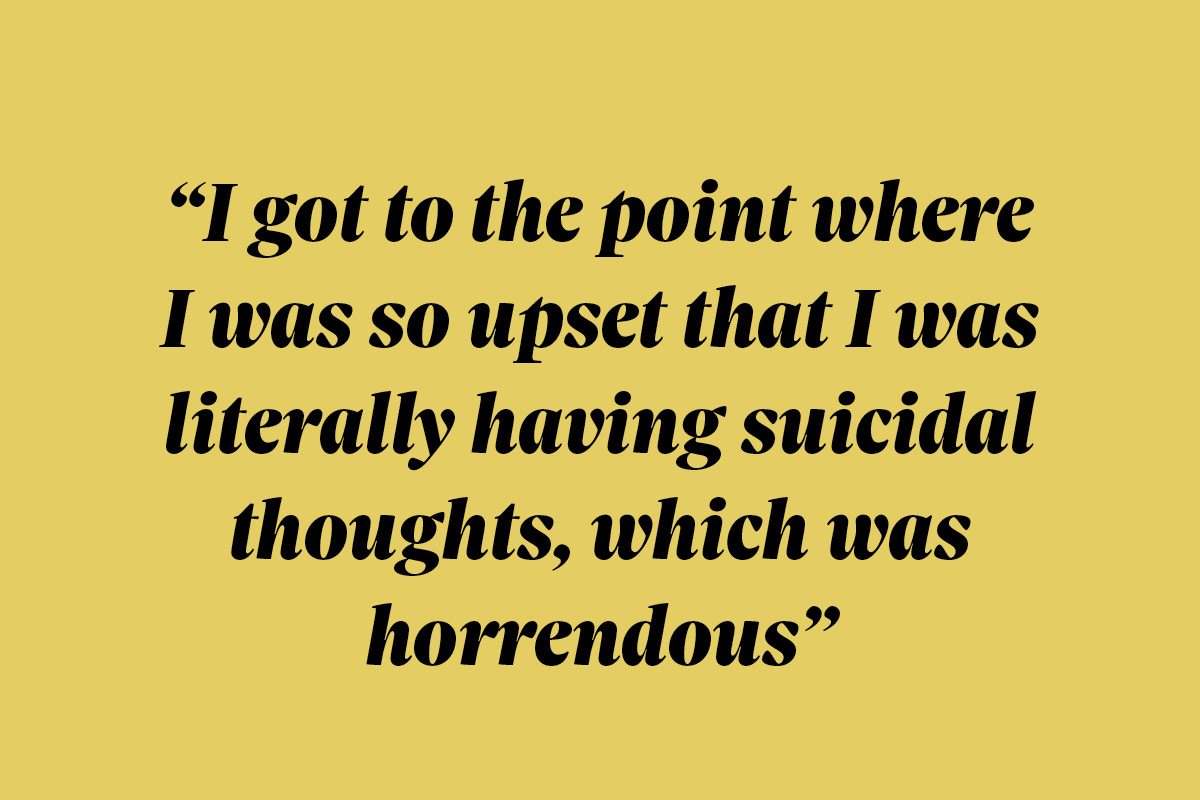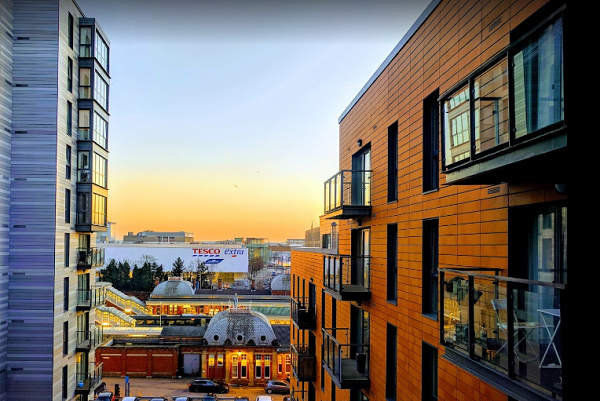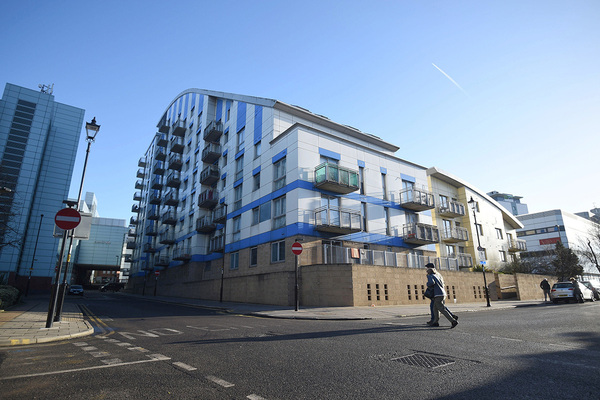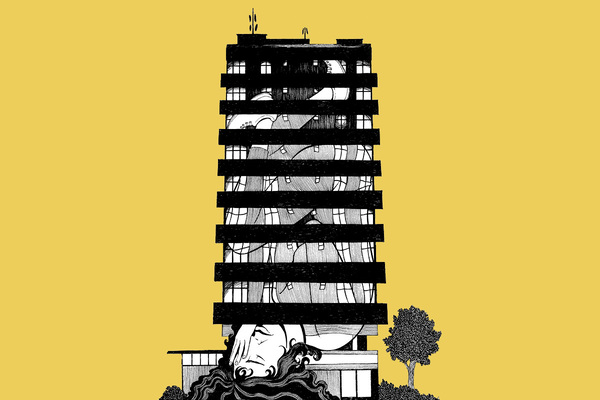One in five leaseholders trapped by dangerous cladding have thought of suicide or self-harm, survey reveals
More than 20% of leaseholders affected by the cladding scandal have had suicidal thoughts or felt compelled to self-harm, an exclusive survey for Inside Housing has revealed.
The survey of 550 people, carried out by the UK Cladding Action Group (UKCAG), found that 14.5% of affected leaseholders have had suicidal thoughts, and 8% have felt compelled to self-harm.
It was sent to people who live in buildings with dangerous cladding that needs to be replaced, as well as those who have been unable to sell their homes as a result of concerns over cladding.
Read Inside Housing’s feature revealing the hidden mental health crisis across the country
More than three-quarters (77.8%) of respondents said their mental health has been “hugely affected” by the cladding issues they face.
Just over a quarter (26.9%) said they had received a new formal diagnosis since becoming embroiled in the cladding scandal, with 20.3% being diagnosed with anxiety disorders and 17.6% experiencing depression.
The revelations come two days before the third anniversary of the Grenfell Tower fire that killed 72 people in 2017.
The aluminium composite material (ACM) cladding on the building was seen as a key factor in the spread of the fire.
Despite government remediation efforts, there are still 262 private and social residential blocks with ACM cladding systems.
It is estimated that 1,700 buildings across the country currently have some form of dangerous cladding that needs replacing.
Many residents living in these blocks have been threatened with huge bills, in some cases as much as £65,000 per flat, to remove the cladding.
One in 10 (9.7%) of survey respondents said they have had to take out a loan with their family or bank to cover the costs of various fire safety issues, while 28.7% feel they cannot start a family.
A follow-up survey of 126 leaseholders found that the COVID-19 crisis has exacerbated many of the problems faced by residents, with 45.2% reporting that their financial concerns have increased because they are out of work or uncertain about future employment.
Inside Housing’s End Our Cladding Scandal campaign was launched in May last year and calls on the government to fund the remediation of all blocks with dangerous cladding, without any costs being passed on to leaseholders.
In the March Budget, chancellor Rishi Sunak announced a £1bn Building Safety Fund for the removal of all forms of dangerous cladding from high-rise buildings.
However, questions have been raised over whether this money will be enough to cover the work needed, and the Greater Manchester High Rise Task Force has warned that buildings in Greater Manchester alone will require roughly a quarter of the fund.
William Martin, a member of UKCAG and a resident of an affected building in Sheffield, said: “Today’s report provides a shocking glimpse of what life living in an unsafe building is really like three years on from Grenfell.
“Respondents speak of their thoughts of suicide, of their constant insomnia and of their personal battles with mental health.
“What unites all of them is a deep feeling of injustice. Each life is on hold, and given the sheer number of unsafe buildings and current pace of remediation, this ‘hidden’ mental health crisis is only set to get worse.
“COVID-19 has delayed remediation works further, has seen residents being asked to stay home in unsafe buildings and at a time of financial difficulty for all has seen leaseholders continue to receive demands for extortionate sums of money to fix a problem they did not create.”
“Today’s report must act as a wake-up call. All leaseholders must be protected from all costs, more must be done to quicken the pace of remediation, and adequate care and guidance given must be given to those suffering. To hesitate further will only exacerbate the scale and severity of the problem.”
Inside Housing has approached the Ministry of Housing, Communities and Local Government for comment.
Sign up for our daily newsletter
Already have an account? Click here to manage your newsletters
